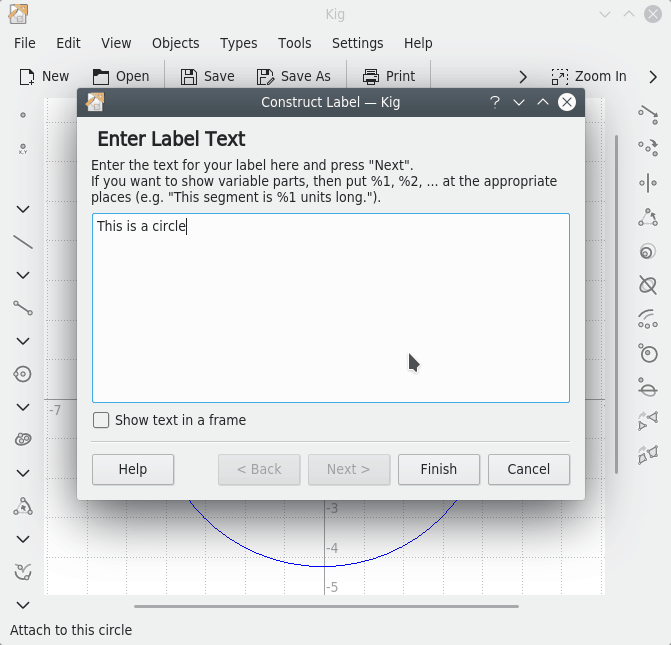
Drag selected columns to a new table and automatically create relationshipsĢ. Fortunately, normalizing tables in Access is a process that is much easier, thanks to the Table Analyzer Wizard.ġ.

Step 2: Normalize data by using the Table Analyzer WizardĪt first glance, stepping through the process of normalizing your data may seem a daunting task. You can save the import operations, add them as scheduled Microsoft Outlook tasks, and even use macros to automate the process. Furthermore, you can append a lot of data into one table. The best solution is to use Access, where you can easily import and append data into one table by using the Import Spreadsheet Wizard. There is no user interface command or easy way to append similar data in Excel.

This data may be in different worksheets and workbooks, or in text files that are data feeds from other systems. For example, you may have an asset tracking solution that started out in Excel but now has grown to include files from many workgroups and departments. Don't forget to backup the original Excel workbook first before deleting it.įor more information, see the Access help topic Import or link to data in an Excel workbook.Ī common problem Excel users have is appending data with the same columns into one large worksheet. Once the data is in Access, you can delete the Excel data. In Access, the Currency data type stores data as 8-byte numbers with precision to four decimal places, and is used to store financial data and prevent rounding of values.Ĭhoose Currency, which is usually the default.Īccess uses -1 for all Yes values and 0 for all No values, whereas Excel uses 1 for all TRUE values and 0 for all FALSE values.Ĭhoose Yes/No, which automatically converts underlying values.Ī hyperlink in Excel and Access contains a URL or Web address that you can click and follow.Ĭhoose Hyperlink, otherwise Access may use the Text data type by default. In Access, the date range is larger: from -657,434 (January 1, 100 A.D.) to 2,958,465 (DecemA.D.).īecause Access does not recognize the 1904 date system (used in Excel for the Macintosh), you need to convert the dates either in Excel or Access to avoid confusion.įor more information, see Change the date system, format, or two-digit year interpretation and Import or link to data in an Excel workbook.Īccess and Excel both store time values by using the same data type.Ĭhoose Time, which is usually the default.
Label wizard acess serial#
The Access Memo data type stores alphanumeric data up to 65,535 characters.Ĭhoose Memo to avoid truncating any data.Īccess has one Number data type that varies based on a Field Size property (Byte, Integer, Long Integer, Single, Double, Decimal).Ĭhoose Double to avoid any data conversion errors.Īccess and Excel both use the same serial date number to store dates. The Access Text data type stores alphanumeric data up to 255 characters. The following table summarizes how Excel number formats and Access data types are converted when you import data from Excel to Access, and offers some tips on the best data types to choose in the Import Spreadsheet Wizard.
Label wizard acess manual#
For more information, search for "data cleansing software" or "data quality" by your favorite search engine in your Web browser.Ĭhoose the best data type when you importĭuring the import operation in Access, you want to make good choices so that you receive few (if any) conversion errors that will require manual intervention. Note: If your data cleaning needs are complex, or you don't have the time or resources to automate the process on your own, you might consider using a third-party vendor.

Remove duplicate rows or duplicate fields.Įnsure that columns of data do not contain mixed formats, especially numbers formatted as text or dates formatted as numbers.įor more information, see the following Excel help topics:įilter for unique values or remove duplicate valuesĬonvert numbers stored as text to numbers Use the TRIM command to remove leading, trailing, and multiple embedded spaces.įind and fix spelling and punctuation errors. For example, a cell in a "Skills" column that contains multiple skill values, such as "C# programming," "VBA programming," and "Web design" should be broken out to separate columns that each contain only one skill value. If you clean out and organize your possessions before you move, settling into your new home is much easier.īefore you import data into Access, in Excel it's a good idea to:Ĭonvert cells that contain non-atomic data (that is, multiple values in one cell) to multiple columns. Importing data is like moving to a new home.

Importing data is an operation that can go a lot more smoothly if you take some time to prepare and clean your data. Note: For information on data modeling and relationships in Access, see Database design basics.


 0 kommentar(er)
0 kommentar(er)
